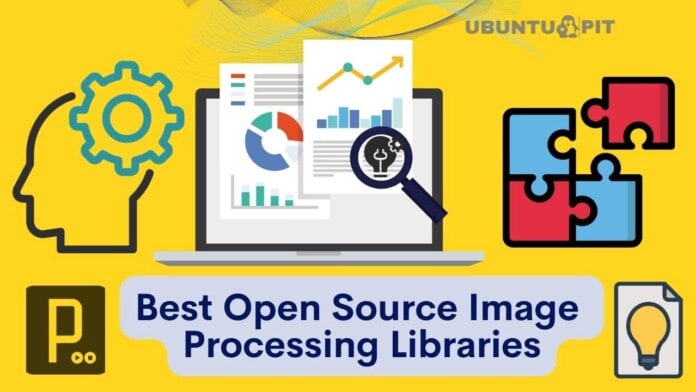In Linux, there are so many codecs, extensions, and libraries for processing images, audio files, and video files. Earlier, we have seen how to play videos smoothly on Linux with all media player codecs. When talking about the graphics and image section on Linux, you need to find suitable extensions or library tools for better performance. Suppose you’re a media enthusiast or work in a sector where you need to process images in various ways. In that case, you can’t rely upon just the default image process libraries on Linux.
Best Image Processing Libraries
Most of the image-processing libraries for Linux are unofficial and third-party. But, as these applications are mostly open-source, so you don’t need to worry about the integrity; if you’re a professional Linux user, you can verify the source codes.
The image-processing libraries become functional with the core connection to the kernel. You can do image filtering, coloring, face detection, playing with the structure, and mathematical and numerical operations with the image processing tools and libraries. This post will see the best open source image processing libraries for Linux.
1. VIPS – Image Processing Library
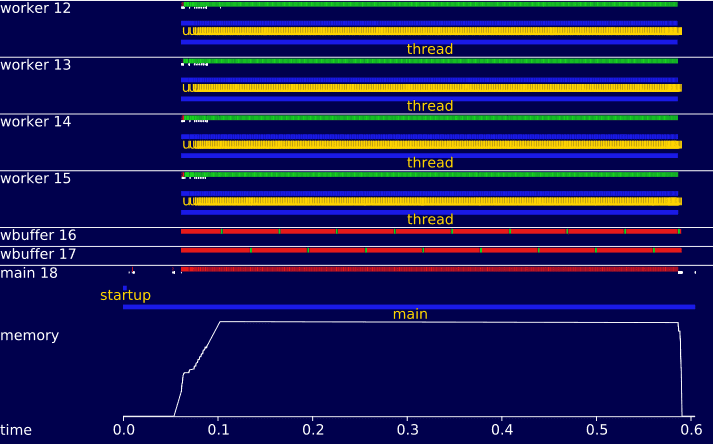
The VIPS open source image processing library tool is written in the C programming language under the GNU GPL privacy license. This library function processes large images and adds colorful images for analysis. A multi-core CPU can handle all types of research-based and RND-type image processing works.
Important Features
- You can apply filters from a variety of color effects
- The logical parts of this open source library tool are handled perfectly
- You can do both full and partial image processing with this tool
- It supports all jpeg, webp, png, FITS, OpenEXR, Matlab, and other regular and common image types
2. OpenCV – Open Source Computer Vision Library
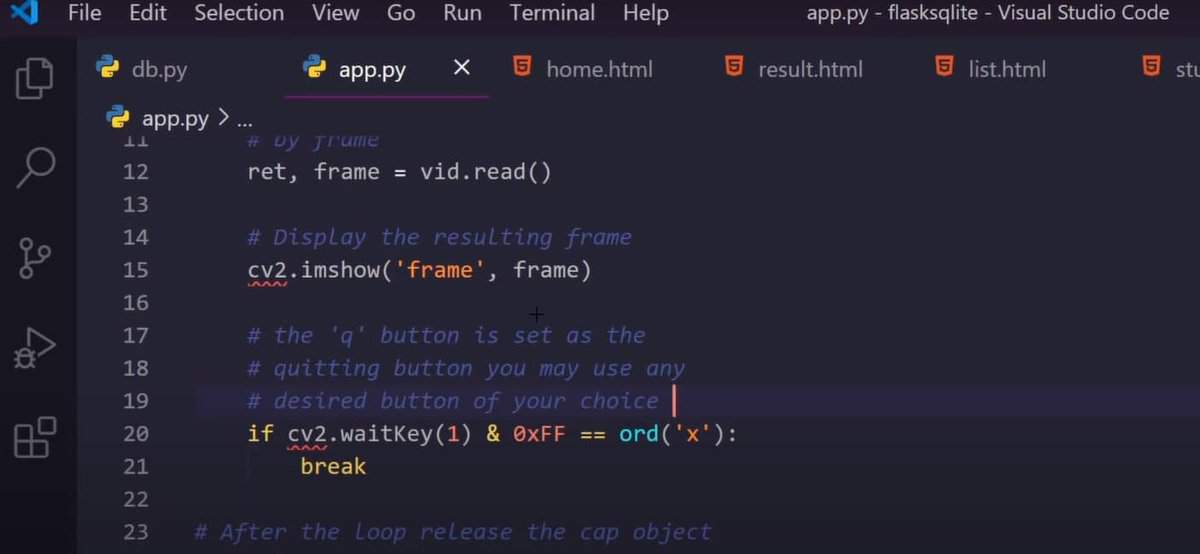
As the name implies, the full form of the OpenCV is Open Source Computer Vision Library which is an excellent tool for image processing. There are tons of functions inside this library for analyzing images with the help of a computer.
Important Features
- The OpenCV open source image processing tool comes in a module system
- The image processing unit of this library can perform both linear and non-linear functions
- Both analyzing and graphical representation of images can be done with the help of this tool
- Apart from image processing, with this library function, you can do video analyzing
- You can fix the camera calibration and build three dimensional structure of images with this tool
- With the help of this open source image processing library, you can process both 2D and 3D images
3. Pillow-SIMD
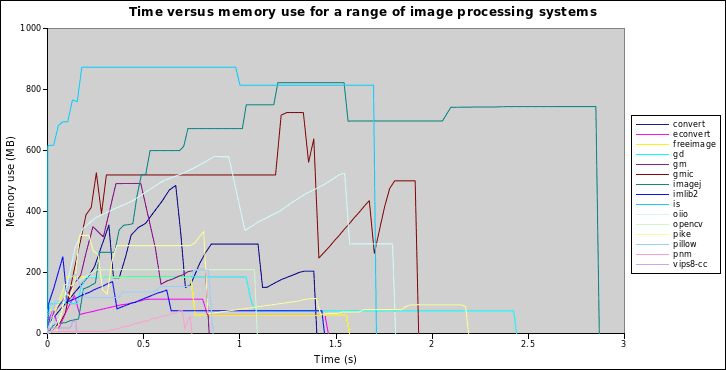
The Pillow-SIMD is one of the best implementations of the Python Imaging Library (PIL), which we can also call a PIL fork. This open source image processing library is suitable for what you do with the actual PIL tool.
Here, the full form of the SIMD is single instruction multiple data. It can manipulate the raw image data with all common CPUs. This tool is written in the Python and C programming languages, and it’s built under the Python Imaging Library license.
Important Features
- You can customize your images in a variety of ways
- It has a better algorithm and optimizing ability without destroying the image quality
- It has replaced many complex image processing algorithms with its simple convolution-based function
- You can do parallel image processing
- It supports RGB, 3×3, RGBs, Alpha compositions, and split channel
- High-quality resize and blur available
- The image processing rate is so much faster than other open source image processing tools
4. Pillow: Python Image Processing Libraries
Like the Pillow SIMD, the Pillow is another Python-based library function that is dedicated to image processing and big-sized image handling. You can use this open source image processing library tool with most of the Python interpreters like Jython and PyPy.
With internal engineering and coding optimization, you can totally rely on this library function for processing your raw images, digital photo, and high-density pixel photos. This tool is written in the Python and C programming language and is built under the Python imaging library license.
Important Features
- This tool functions pixel by pixel, which gives more efficiency
- It can make multiple masking layers for better optimization
- There are a bunch of image filters for post-production
- You can play with texts on the image
5. ImageMagick: Image Processing Libraries
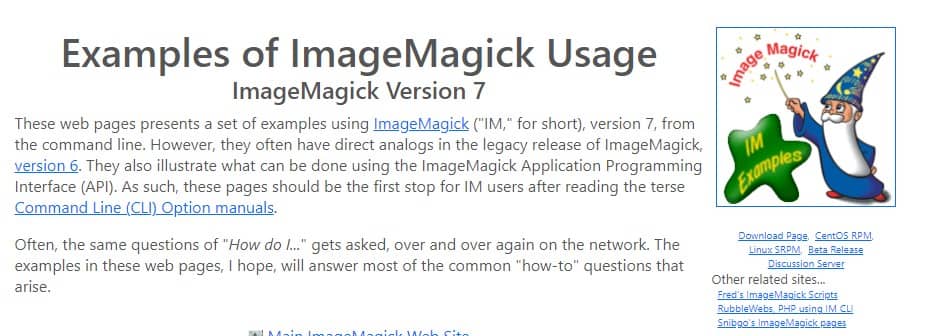
As the name says, ImageMagick, this one really is a magical tool for image processing. It can do both image processing and compressing. This is a tough combination of processing and compressing. It can handle more or less over 100 types of image formats like jpeg, png, webp, svg, etc.
Besides the regular image process tasks, you can also do rotation, vertical image vector, image scaling, and many more. This library function is written in the C programming language and built under the GPL privacy license.
Important Features
- You can do format transforming from one format to another format
- It allows the user to do image compressing and composing
- You can draw your own shapes and
- Creators can do little animation and doodling with this library
- You can render images after your editing
- You can use HDR mode for better image quality and accuracy
6. LibGD
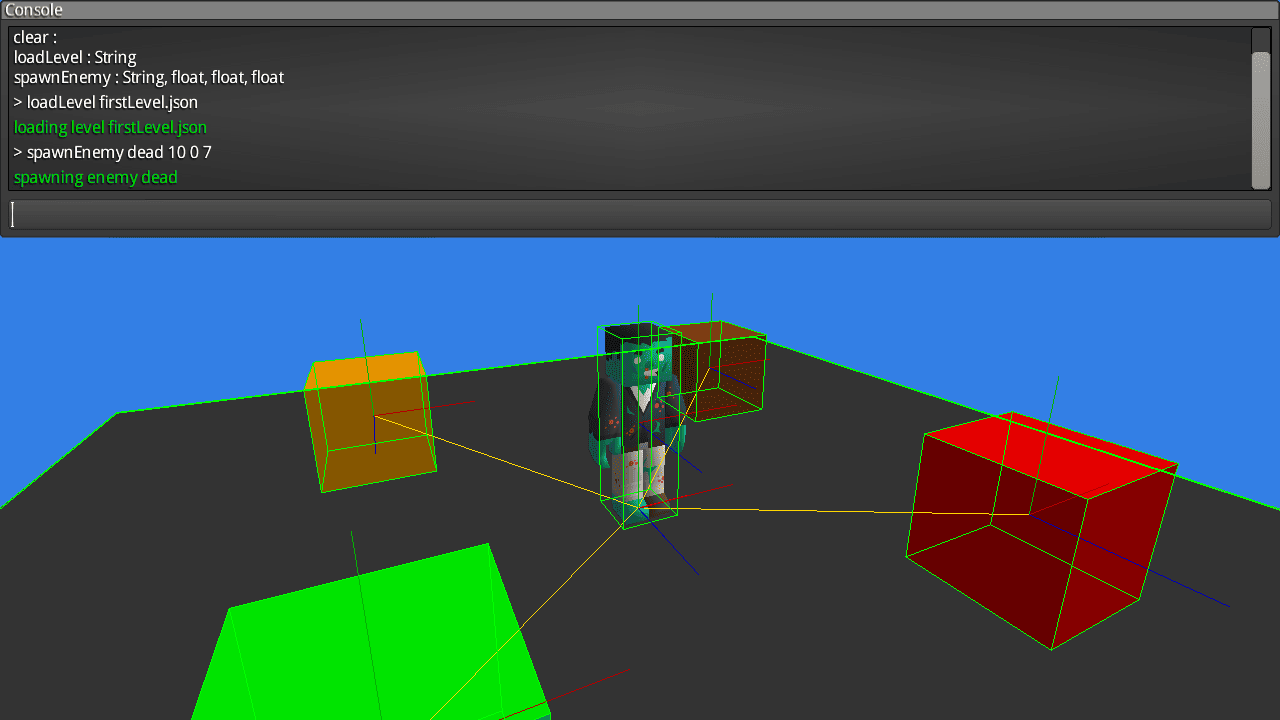
The LibGD is an open source image processing library tool for Linux and other systems. This tool is written in the C programming language and connects directly with the core kernel of Linux. It supports jpeg, png, Gifs, and other formats.
Image resizing, composing, and color corrections are the primary jobs of this open source library. Image processing can be a great job when you need to do work forensic and investigating work.
Important Features
- It supports most of the standard image formats.
- You can use the LibGD library tool with C, PHP, Python, and other languages.
- This image-processing library is free and open source
- You can modify the source code and script for any suitable tools and programs
7. GraphicsMagick
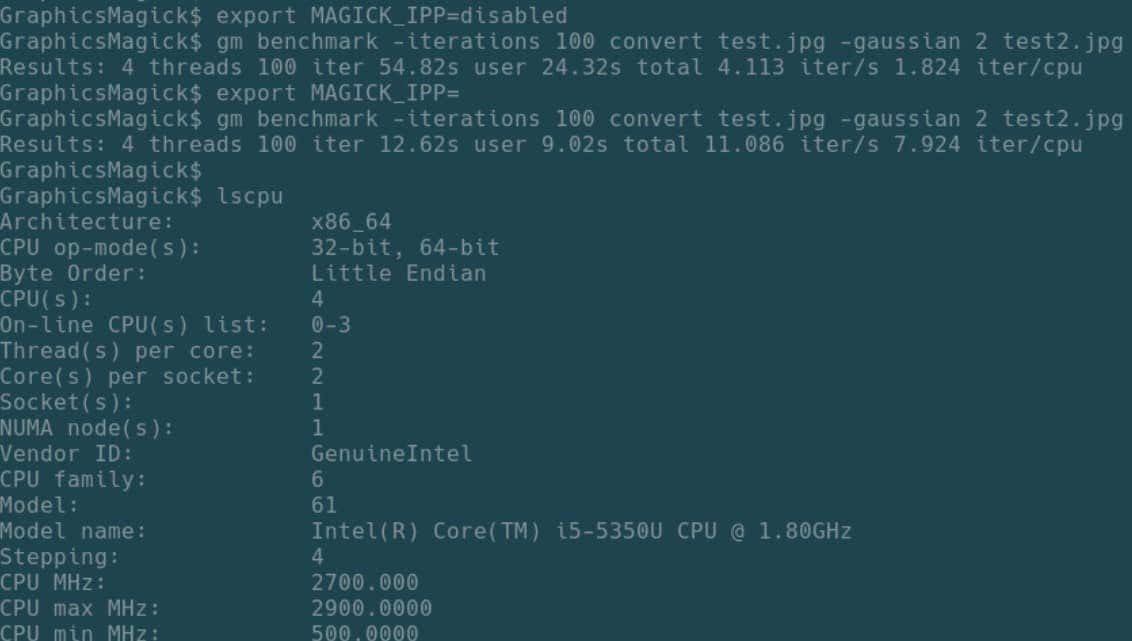
The GraphicsMagick is a multipurpose open source image processing library tool. Actually, instead of just being one single library function, this one is the combination of many small open source library functions that can perform in a conjugated way with preferred applications.
These days we can; there are many online-based image-converting tools; you might have been wondering what type of functions they use! Actually, the GraphicsMagick library function is one of the functions that the online converters use. This open-source image-processing library can
Important Features
- The GraphicsMagick library supports Jpeg, PNG, webp, GIF, PNM, TIFF, PDF, and DPX.
- It used multi-thread for faster image processing.
- You can resize, compress, rotate, and make color corrections with this library function.
- It also allows the user to batch similarities and compare differences between two images.
- You can use the GraphicsMagick library tool with .NET, Ruby, C, PHP, Python, and other languages.
8. Netpbm: Image Processing Libraries
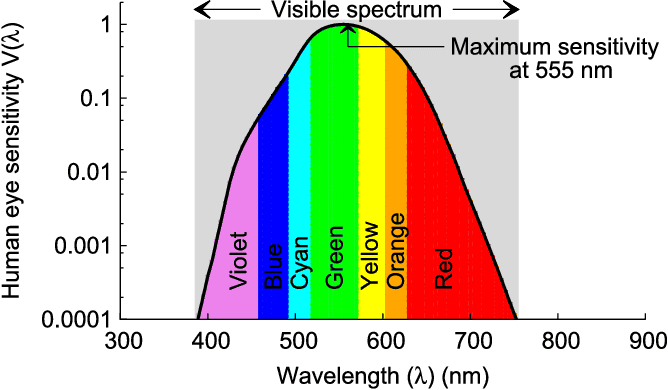
The Netpbm is more than just a library function for image processing. This open source image processing tool can perform on both image and graphical sections. There are many libraries and sub-libraries for these open source image editing tools.
This free and open source image editor library is written in the C programming language, and it basically uses the shell script. You can use it with any regular programming tools. You can get the official netpbm repository from this URL.
Important Features
- You can convert PNG images with this open source image editing library
- If you have any script of images, you can also export that as a postscript
- It supports other types of images like JPG TTF, webp, and BMP
9. GEGL: Generic Image/Graphics Library
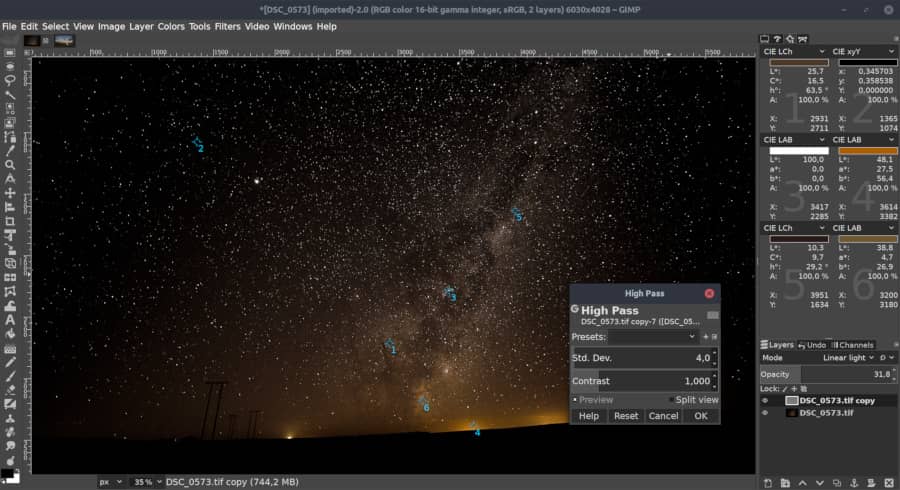
As the name says, the GEGL is the short form of a generic graphics library that is used to do all kinds of graphical image exporters, image frameworks, image composing, and compressions. You can use this library with the GNU and Gnome photos. This library can also be used as a pipeline distributor. This image-processing library is written in the C programming language and licensed under the GNU privacy license.
Important features
- You can use the GEGL library for image processing and image Impressions
- This image processing library tool is free and open source which means you can modify the source code according to your need
- They store their official repository inside the Gnome git repository
- As this library works with GNOME, so you can use this library function with the GIMP photo editor
10. TensorFlow Pipeline: Image Processing Libraries
TensorFlow is not a conventional library function that you can use with another tool, but it is a machine learning application that we can use for image processing and business intelligence, where you can get a bunch of libraries that can help you to process your images.
Of course, this one is an open source and free tool that you can use on Ubuntu and other Linux systems. If you want to know more about how to install this tool on a Linux system, please go through this URL.
Important features
- You can’t do the image classification from a bunch of images
- This to supposed to recognize an object in the image
- You can also do the object tracking on an image
- With the help of pix2pix, you can also do image translations with this open source tool.
Insights!
Knowing the libraries that are available for image editing is important if you work as a graphic designer. In the above, we have seen the ten most-used open source image editing libraries that you can use along with other programming tools or image editing tools. Apart from these tools, there are many different artificial intelligence and business intelligence-based tools that you can also use for image processing.
We have seen a brief explanation of image-processing library tools and what we can do with them in the entire post. Please share it with your friends and the Linux community if you find this post valuable and informative.
